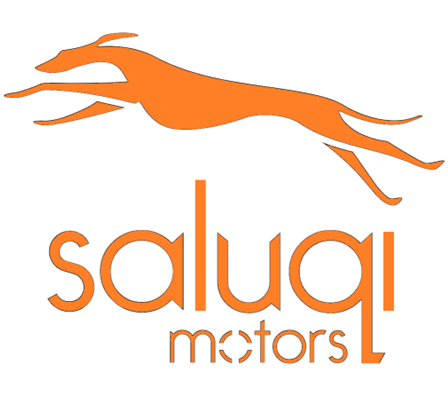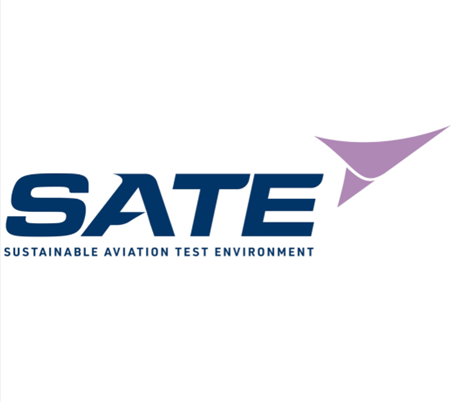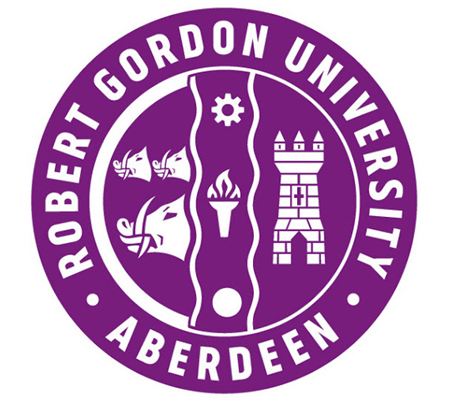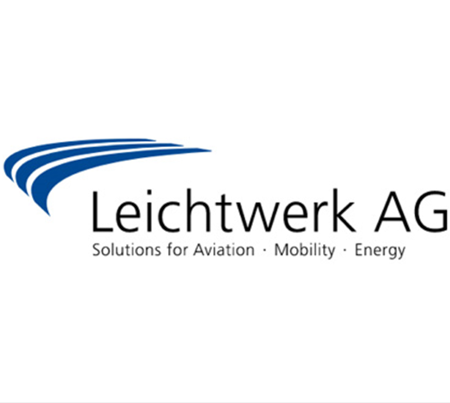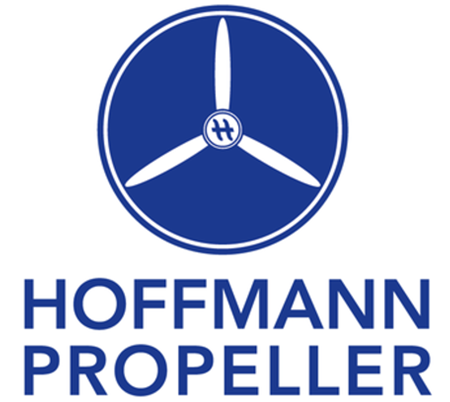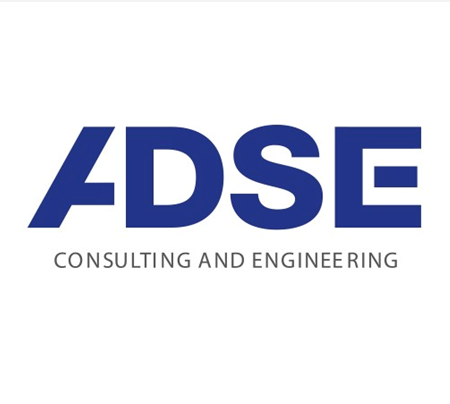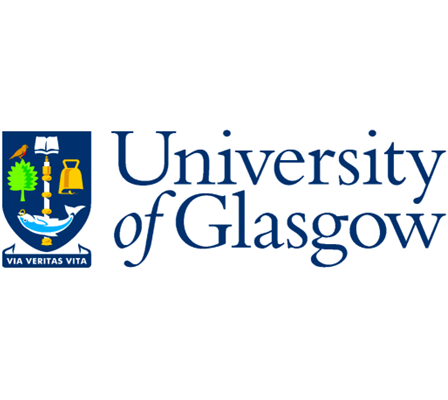Our story
In late 2017 the idea for Cormorant was born out of a clear market demand and a desire to overcome the limitations of existing amphibious aircraft designs. Over time, the concept evolved through continuous improvements, shaped by feedback from potential users. Now, with the global shift toward sustainable energy making eco-friendly aviation a tangible possibility, the time has come to finalise the operational surface prototype.
Read more
Potential user feedback was carefully analysed, and the most critical priorities were translated into key design features, ranked by importance. These included performance metrics like take-off efficiency, climb rates, and minimum landing speeds, as well as practical considerations such as payload capacity, seating arrangements, cabin space, maintenance costs, and pricing.
The result is a remarkably versatile and well-rounded multi-role aircraft. Not only can it perform a diverse range of tasks and missions unmatched by other designs in its class, but it also excels as an amphibious aircraft with exceptional short take-off and landing (STOL) capabilities. In fact, its performance surpasses many land-based competitors of similar size, payload, and seating capacity.
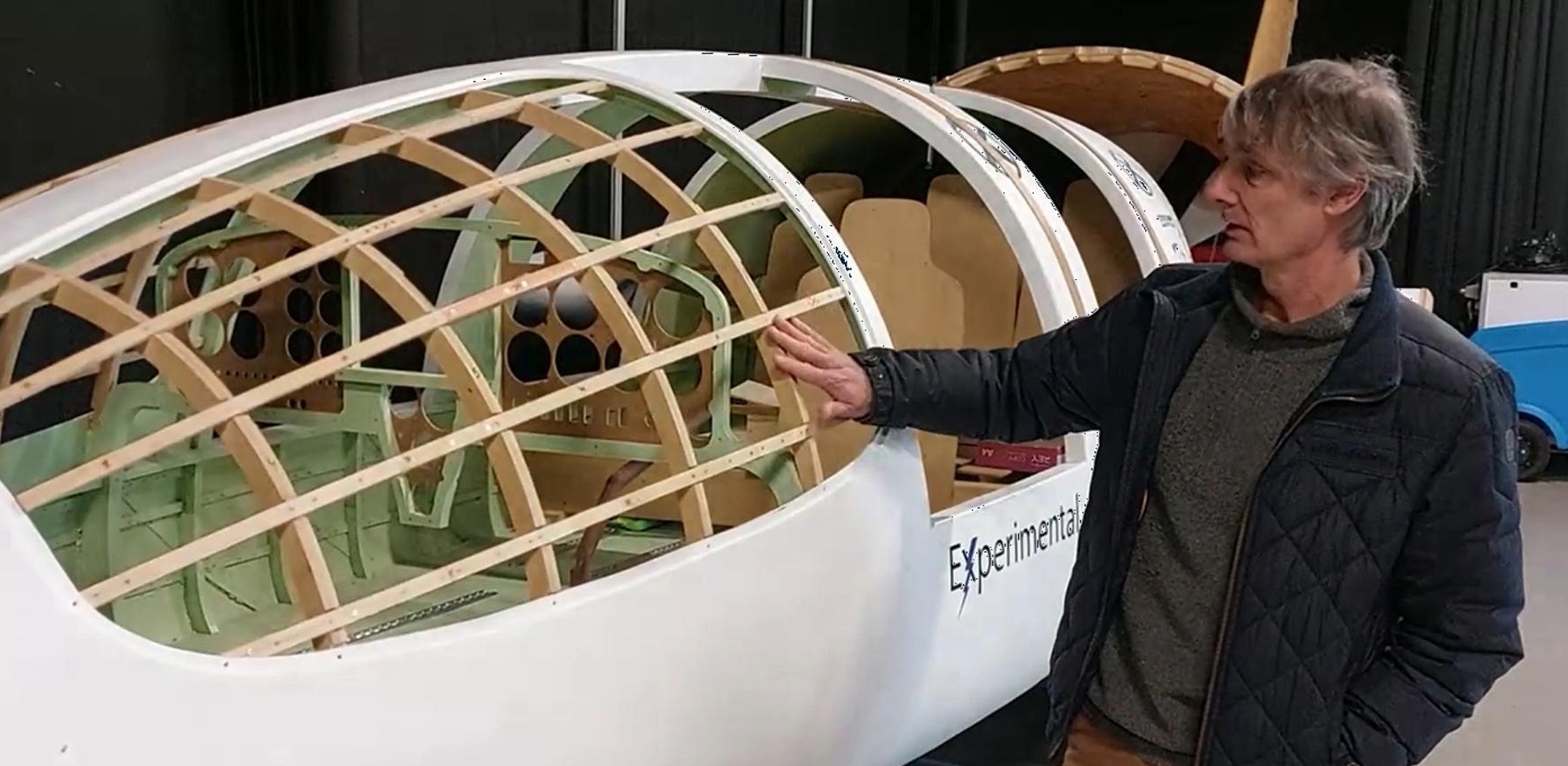
Our story
Some two decades ago, the need for Cormorant was envisioned based on market demand and on addressing deficits inherent in amphibious aircraft designs. Iterative improvements made whilst listening to potential operators’ requirements evolved the concept organically to the point where, with the emergence of the energy transition making sustainable aviation a potentially realistic goal, it was time to commence initial development.
Read more
The highest common denominator of the responses was then translated into design features in order of importance. This could be aircraft characteristics such as take-off performance, climb rates and minimum landing speeds, but also payload, number of seats, cabin space or maintenance costs and sales prices.
This has resulted in a highly complete and versatile multi-role aircraft that can not only perform a wide range of tasks and missions like no other design of its kind, but also an amphibious design that delivers excellent STOL-capabilities that surpass many land-based competitors of comparable size, payload and seating capacity.
To ensure feasibility during the earliest phase of the transition process, before the customer’s preferences could be translated into a final design, the certifiability of the design was considered. The use and application of existing and already certified components, such as the fan system, cockpit, seats and controls, were also considered and coordinated from the start of the project

Unique Selling Point
The following key advantages combine to provide Cormorant with its powerful USP.
(NET-)ZERO CO2 EMISSIONS
All-electric propulsion and minimal infrastructure dependency
AMPHIBIOUS
Utilisable on both land and water with short take-off and landing (STOL) capabilities
FLEXIBLE CABIN
Reconfigurable, e.g., for passenger, cargo, or medical transport
PROVEN TECHNOLOGY
Certifiable under EASA-CS23 and US-FAA legislation
SAFE
In-line, low centre of gravity yields improved manoeuvrability and stability
EFFICIENT
Innovative design and composite with ducted fan design provides enhanced performance and excellent endurance
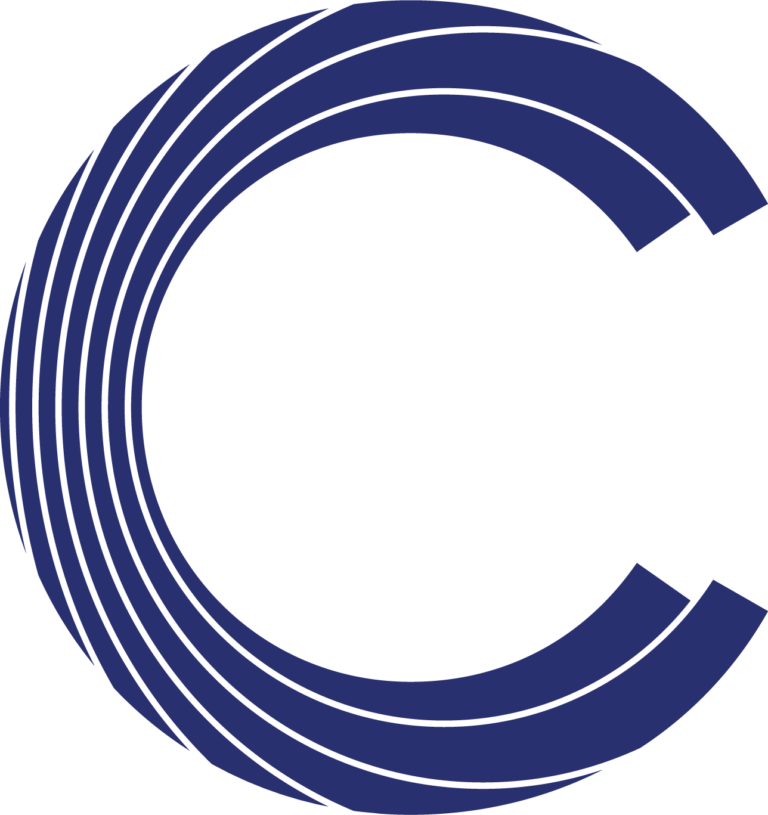
Collaboration partners
Some two decades ago, the need for Cormorant was envisioned based on market demand and on addressing deficits inherent in amphibious aircraft designs. Iterative improvements made whilst listening to potential operators’ requirements evolved the concept organically to the point where, with the emergence of the energy transition making sustainable aviation a potentially realistic goal, it was time to commence initial development.
Read more
Adaptability is central to Cormorant’s design. It easily transitions between water and land. Whether transporting passengers, carrying cargo, or facilitating urgent medical evacuations, Cormorant is ready to meet the demands of diverse applications. We have prioritized flexibility to meet the widest variety of operators’ individual needs, such that they may tailor their aircraft accordingly. Cormorant’s architecture enables alternative sustainable powertrain solutions to be incorporated within its airframe once they mature to certification and have their energy vector (i.e., fuel) supply and distribution infrastructure in place.
We believe in producing realistic deliverables over hyperbole. Our approach is based on sound research, development, and certification feasibility. This strategy should enable Cormorant to reach the market by 2028, ensuring a product that is not only groundbreaking but also provides a valuable, minimal-infrastructure addition to expand the capability and capacity of sustainable air transportation.
Cormorant is proud of its collaborations with:
PROTOTYPE DEVELOPMENT
The sleek and well-thought-out design of the Cormorant stems from research conducted in North American seaplane markets. At the heart of this was a simple yet crucial question posed to operators of small general aviation aircraft: “What features do you value most in the aircraft you currently use?” The insights gathered directly shaped the Cormorant’s development, ensuring it meets the real-world needs of potential users.
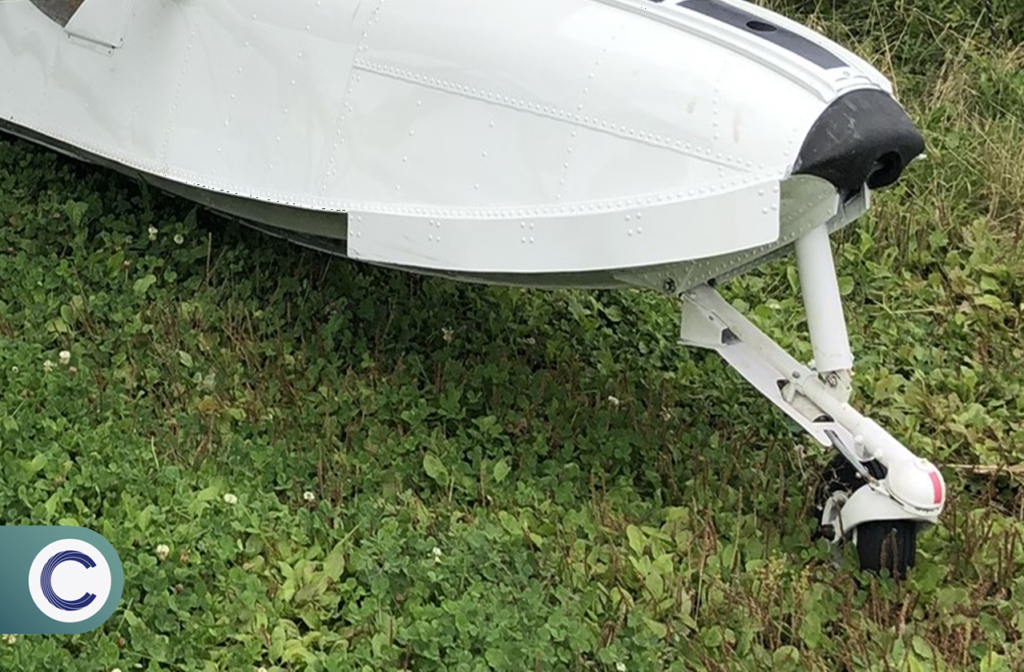





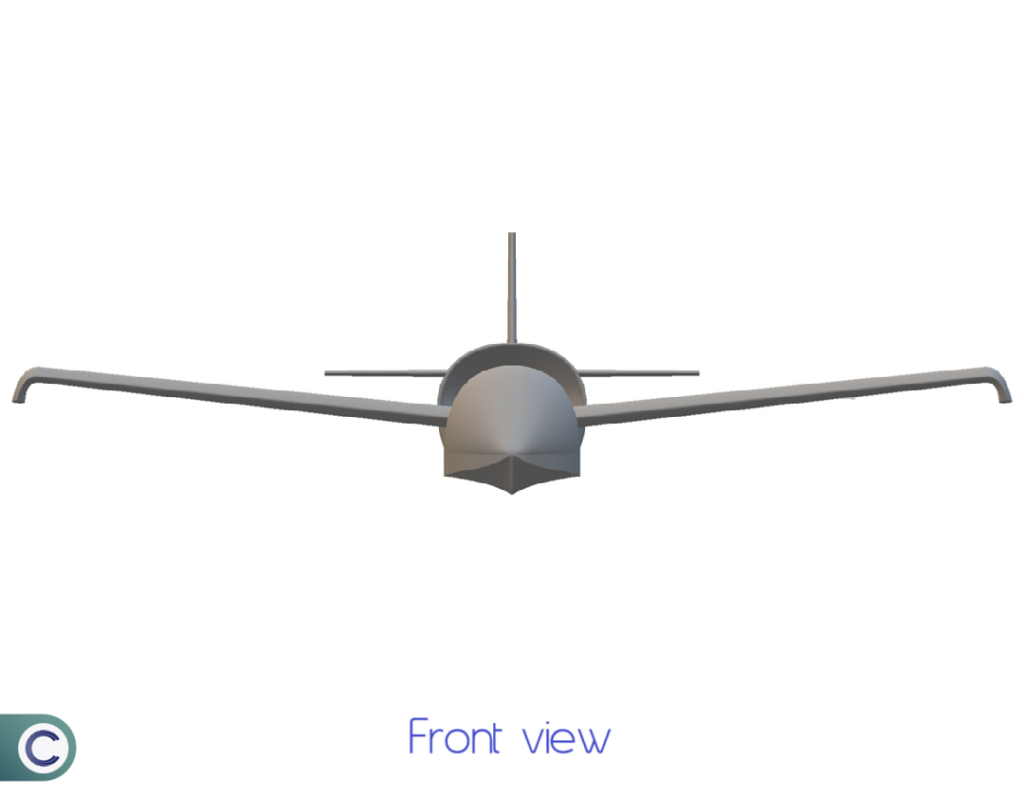







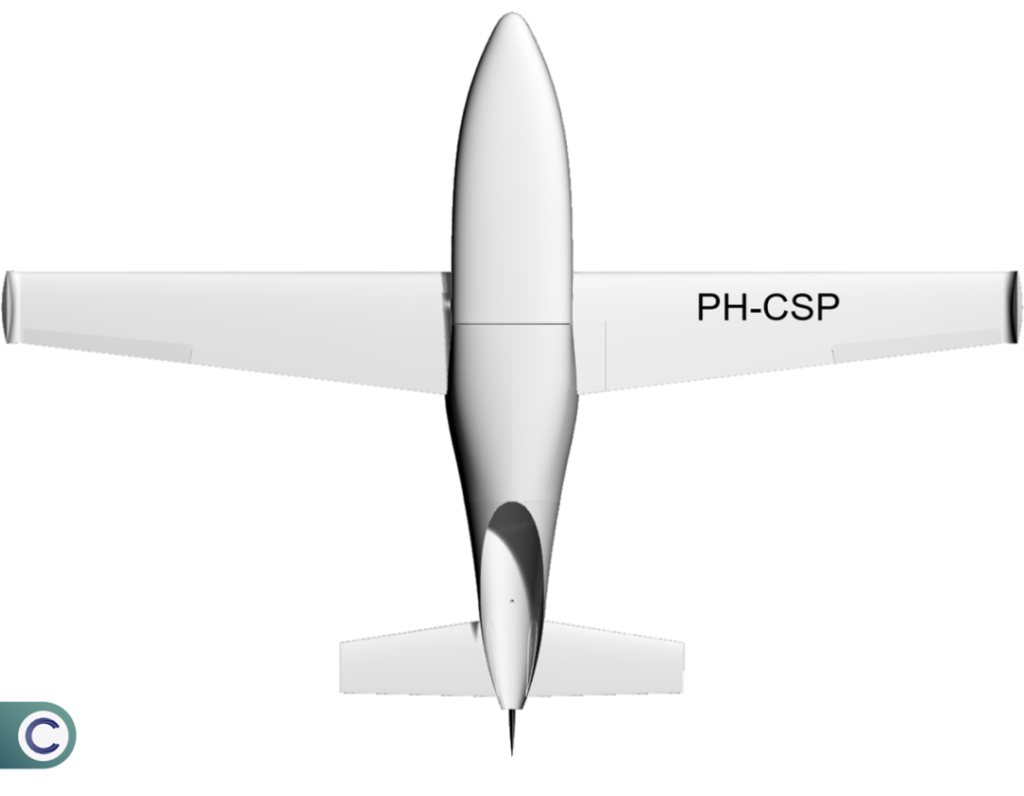


BE PART OF THE GREENING
We welcome collaborations and partnerships with like-minded individuals and organisations.
Whether you’re an innovator, developer, investor, journalist, potential buyer, or simply someone curious about our work – we’d love to hear from you. Reach out or visit us to start a conversation.
Cormorant Aerospace B.V.
Curaçaolaan 25
1213 VJ Hilversum
The Netherlands
T: +31 (0)35 647 9155
E: enquiries[at]cormorant.aero
Registered in the Netherlands at the Chamber of Commerce (KvK), no. 95592997.
BTW / VAT no.: NL862769863B01
Cormorant SEAplanes Ltd
5 South Charlotte Street
Edinburgh EH2 4AN
Scotland
T: +44 (0)131 605 0308
E: enquiries[at]cormorant.aero
Registered in Scotland at Companies House, no. SC748170.
VAT no.: GB427749952
Website Disclaimer
Privacy Policy
Cookie Policy
Security
General Information
Accessibility Statement
© 2017 – 2025 Cormorant Aerospace B.V. All rights reserved.

